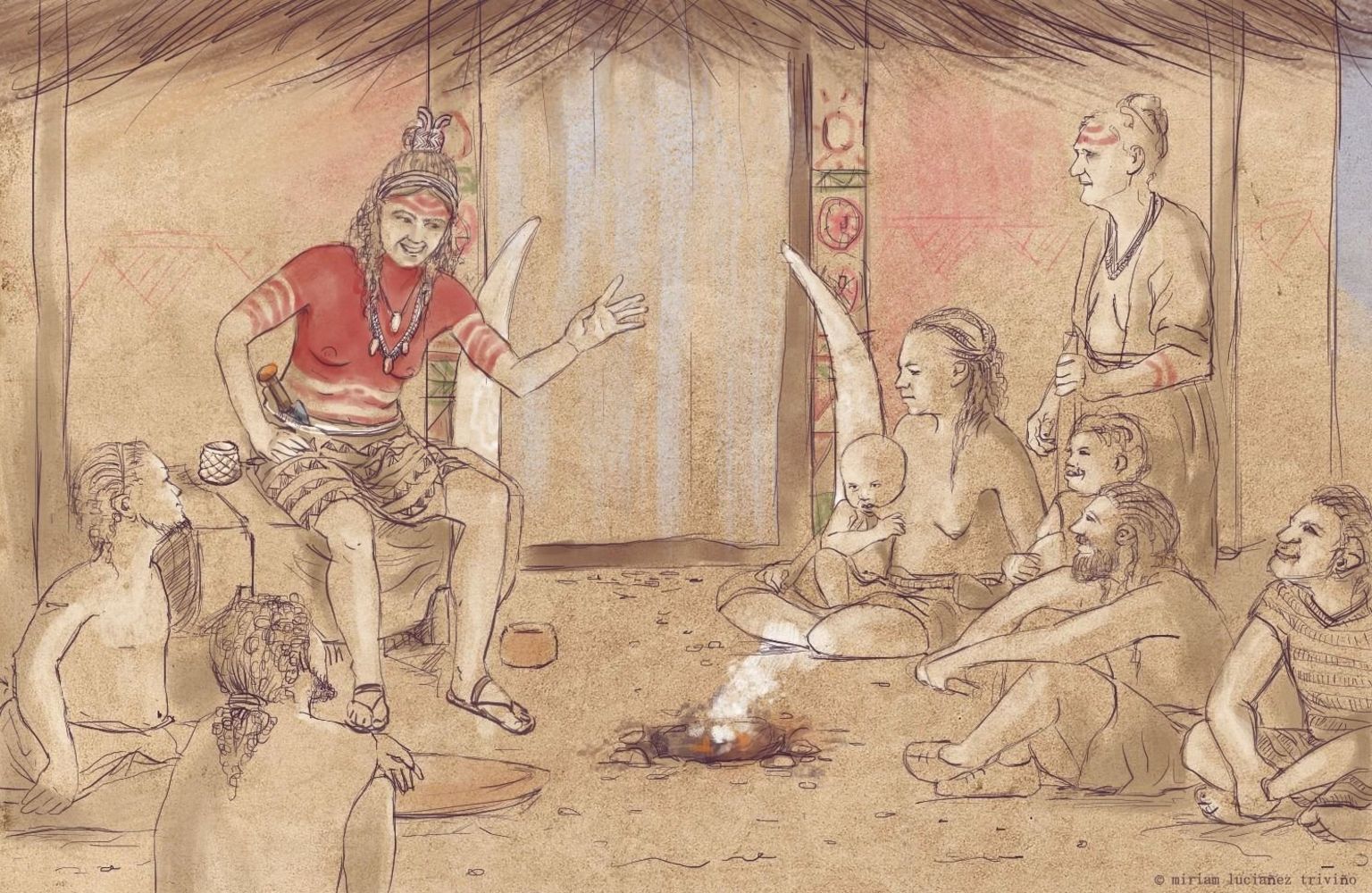From - BBC News
Edited by - Amal Uawatta

The highest status individual in ancient Iberian copper age society was a woman, not a man as previously believed, according to a new study.
A treasure-packed tomb outside Seville dating back to around 2,850 BC was thought to belong to a young man between 17 and 25 years old.
But a new technique shows the remains are of a woman, say researchers.
They have named her "Ivory Lady". She was buried with ivory tusks, ostrich eggshell, and a rock crystal dagger.
Marta Cintas‑Peña, an associate professor of prehistory at the University of Seville, along with her colleagues, detected Ivory Lady's sex using a new technique that identifies chromosomal information in tooth enamel.
The research team says that the new procedure is highly reliable even with poorly preserved human skeletons and that this novel method is also much cheaper that DNA testing.
Leonardo García Sanjuán, a professor of prehistory at the University of Seville, said the riches in the tomb at the copper age settlement of Valencina de la Concepción were incomparable with those found in others at the time.
"When we compare the Ivory Lady to these people, she stands head and shoulder above all of them," he said. "So we do not hesitate to say that she was the most socially prominent person of her time and this is of course remarkable because it is a female."
Archaeologists say that as well as containing a high number of valuable goods, the grave was also a rare example of a single occupancy burial, another sign that it belonged to someone of very high status.
Marta Cintas‑Peña and colleagues detail their work in the journal Scientific Reports
- Get link
- X
- Other Apps
Labels
Archeology- Get link
- X
- Other Apps
Comments
Post a Comment